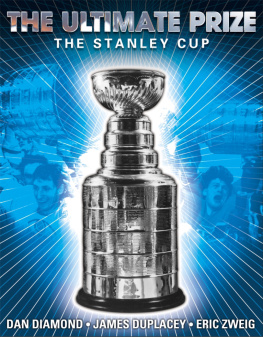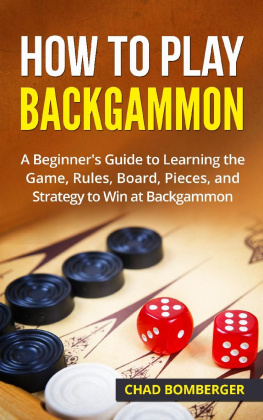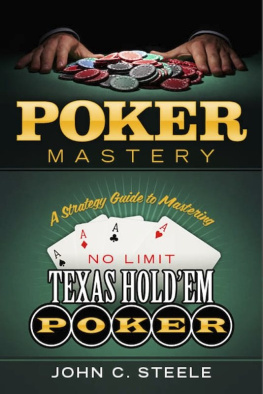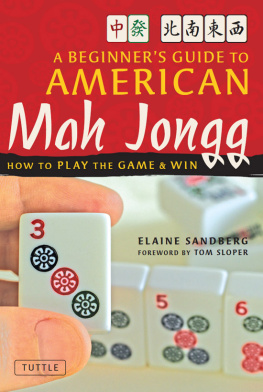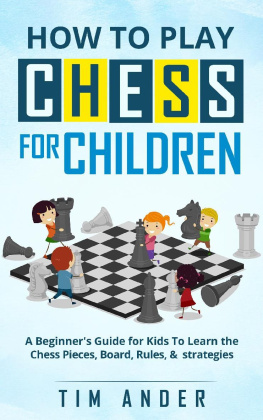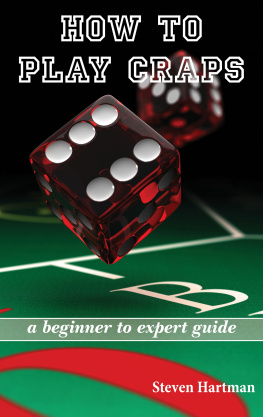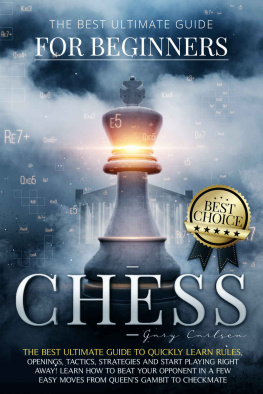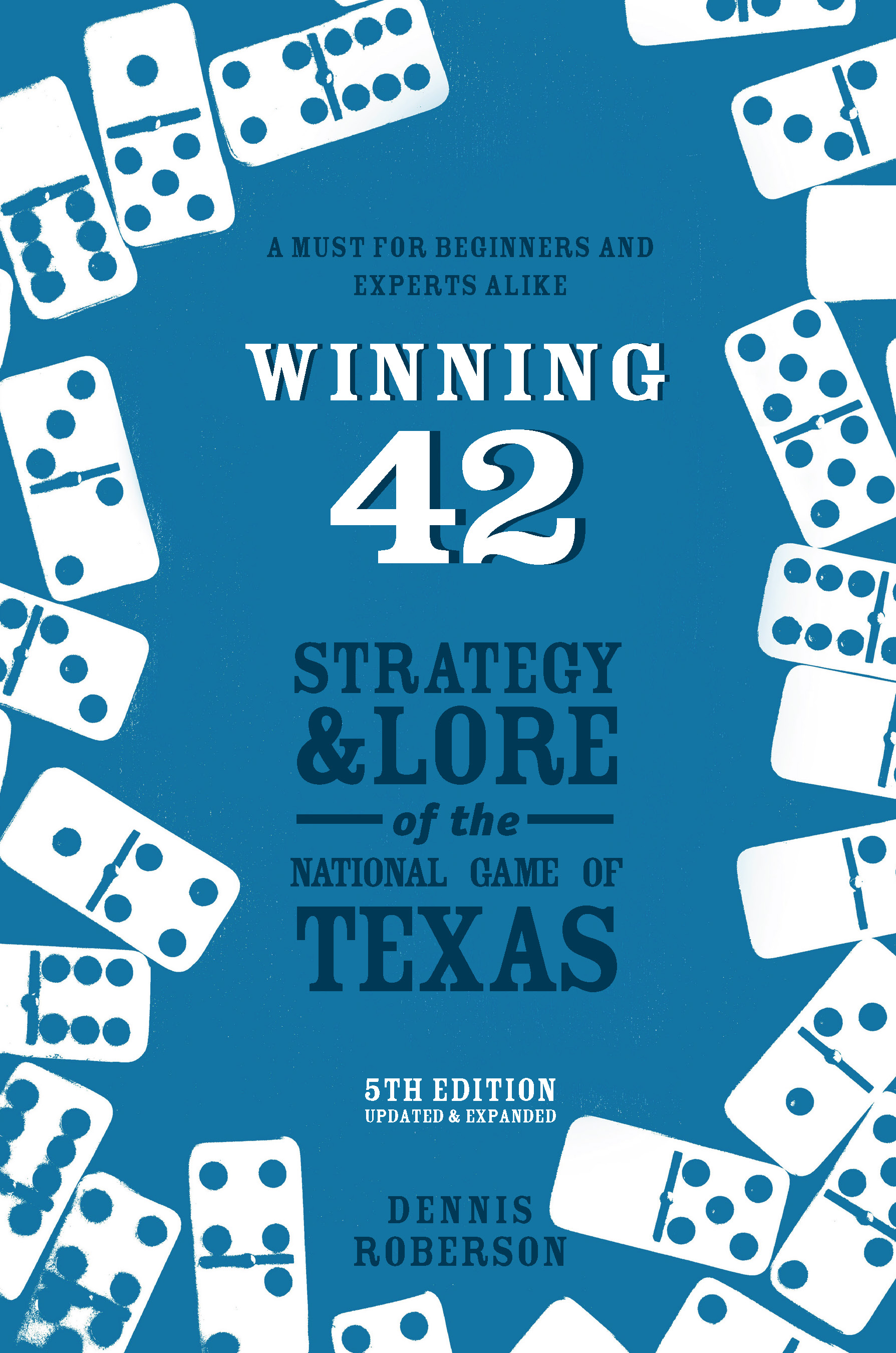Winning 42
Winning 42
Strategy & Lore of the National Game of Texas
Fifth Edition, Updated & Expanded
Dennis Roberson
Texas Tech University Press
Copyright 1997, 2000, 2004, 2009, 2020 by Dennis Roberson
All rights reserved. No portion of this book may be reproduced in any form or by any means, including electronic storage and retrieval systems, except by explicit, prior written permission of the publisher except for brief passages excerpted for review and critical purposes.
The paper used in this book meets the minimum requirements of ANSI/NISO Z39.48-1992 (R1997).
Library of Congress Cataloging-in-Publication Data
Names: Roberson, Dennis, 1958 author.
Title: Winning 42: strategy and lore of the National Game of Texas / Dennis Roberson.
Other titles: Winning forty-two
Description: Fifth edition. | Lubbock, Texas: Texas Tech University Press, [2020] Includes index. | Summary: Written for players at all experience levels, this updated edition provides instruction on the skill and strategy of 42, the team domino game with a Texan heritage. Illustrates both basic and advanced 42 techniques with sample hands; also includes championship statistics and stories from veteran players and strategists--Provided by publisher.
Identifiers: LCCN 2020003770 | ISBN 978-1-68283-057-4 (paperback)
ISBN 978-1-68283-058-1 (ebook)
Subjects: LCSH: Forty-two (Game)
Classification: LCC GV1468.3.F65 R63 2020 | DDC 795.3/2--dc23
LC record available at https://lccn.loc.gov/2020003770
20 21 22 23 24 25 26 27 28 / 9 8 7 6 5 4 3 2 1
Texas Tech University Press
Box 41037
Lubbock, Texas 79409-1037 USA
800.832.4042
ttup@ttu.edu
To Texans everywherethis game is yours
Contents
Foreword
My dominoes are inherited, a family heirloom in an oblong, aged red-and-white box emblazoned with a stalwart American eaglewings spread, beak raised nobly, talons clutching a double-six, the emperor gladiator of the domino world. Magna Dominoes is a brand product, the box says, of the Milton Bradley Company, Springfield, Mass. This, the box proclaims rather grandly on two sides in bold script, is A Double-Six Set with Rules , although the printed game instructions that came with the box were lost long ago.
Whatever games were explained, I know 42 was not among them because (1) it is essentially a regional pastime and (2) this is the first book of official playing instructions and strategies in its century-old history. Thats an amazing thing that says more about the rural Texas culture in which it was invented than 42 itself. Its rules and skills were passed through oral tradition, like family history, and 42s lineage is so pure that the way the game was played originally in 1887 is about the way its played today. There are variations, especially beyond Texas (Cajun Hokey-Pokey comes to mind), a few bidding adjustments (like Nel-O and Plunge, which purists sneer at), even a kind of black sheep relative called Moon (players often gamble at this, which clearly was not what 42s Baptist inventors intended42 came into being because card playing was considered sinful; dominoes werent).
But mostly, 42, as it is today, is what it always was; but what it was, less a game than a rural social pastime, was as necessary and productive as community quiltings or the shelling of black-eyed peas on the front porch by neighborhood women passing hot late-summer afternoons. It was a homemade socialization tool in a time when people had to entertain themselves.
Thursday was 42 night at my house. Whole families came. The women brought covered dishes, the children their energy and noise. We ate. Women cleaned away the plates and bowls. Men set up the tables, arranged chairs, and shooed the kids into back rooms, or if it was warm, outside. 42 began. Sometimes it was one table, sometimes as many as four; always it was part gossip, part banter, part clicking and slapping of dominoes and genial arguing over tricks and marksCecil pencil-whipped when we wasnt lookin, I remember a player alibiing, meaning that the scorer purposely miscalculated. The fun would go on until all hours, often as late as 9:30 p.m.
Mine was a 42 experience ordinary in any small Texas town. Home 42 parties were endemic in those days, but there were other, almost always male-only, places to play. I remember a regular game at the feed store behind the cheese factory. For a while there even were domino tables set up in the pool hall, but that arrangement came to a tragic end. 42 was played, but so was Moon, a three-player version of the game. Moon caused gambling in rascals and weaker men. One day in a two-bits-a-hickey Moon session, three old men argued then fist-fought, and the town was only too happy to rush in and padlock the place, though, truthfully, the target actually was the pool games. Pool was believed to induce loafing in young men, who then fell to smoking ready-rolls, which, without question, led directly and inevitably toand the Baptists had anecdotal evidence validating thisdancing. Sin was much more obvious and linear back then.
At one time almost every small town in Texas featured a domino parlor, which served as a male social center. Boys could come in, but females were discouraged because their presence severely impaired a players obligation to cuss his luck or a partners play. Besides, women could play at the home 42 parties, and that was enough. Public 42 was mans work.
The irony of 42s invention as a permissible substitute for wicked card playingit most resembles bridge or the English card game of whist (and variants like pitch or euchre)was that it could be played on rural front porches after church services, after Sunday dinner, with neither shame nor sin. It showed up at the social proceedings after river baptisms and was a staple pastime for community cemetery workings, for which people gathered yearly to clear family burial plots of weeds, then followed with dinner on the ground and games.
Over in the secular world, 42 was played wherever men gathered, in the sodality of ranch bunkhouses, hunting and fishing trips (on river banks, 42 was illuminated by coal oil lantern light and interrupted while somebody went off periodically to run a trot line), and at oil well drilling sites. Most general stores had a domino table set up back by the wood stove. After the game went urban, workers in heavy-industry warehouses ate their lunchbox sandwiches during noontime 42 games. At Fort Worths big airplane factory, dozens of 42 tables were played on, before and after shift changes, a few with dominoes made from scrap aluminum used to build B-29 bombers. Oil field roughnecks often had to live at the well sites in remotest West Texas, and their off-hours recreation was 42. Regular dominoes was a kind of sissy game, recalled a retired pumper, meaning his bunch considered 42, which requires sly strategy and aggressiveness, a manly activity.
I remember a highway hamletjust a grocery store, a one-chair barbershop, and a filling stationwith its ongoing Saturday afternoon game. The loafers played under the shady filling station canopy, their table an old metal Quaker Oil sign laid over a barrel. There was a Coke box cooled by black ice and a rack holding nickel-a-package Toms Salted Peanuts. On a graveled strip beside the station, other loafers awaiting their turn at the 42 table pitched washers to pass the time. To this day, I can hear the rhythmic shurring of dominoes being shuffled on that steel oil sign and the loud clank of a high trump domino being slammed down in celebrationGimme that five-four, somebody would shout, slamming (Clang!) the double-five and cackling in his triumph. Sometimes the game would become so involved and raucous that customers had to pump their own gas.


